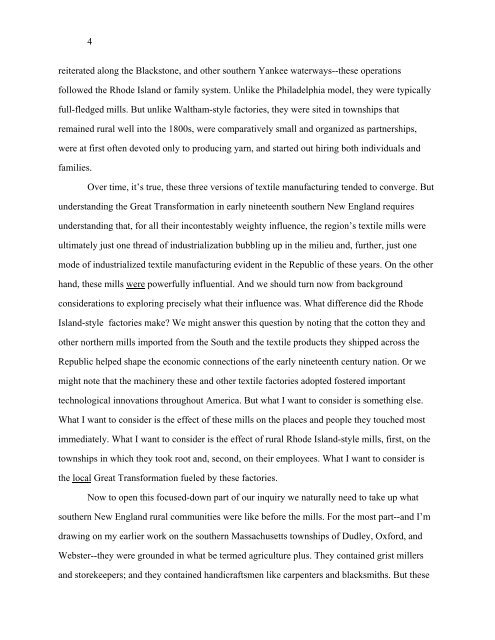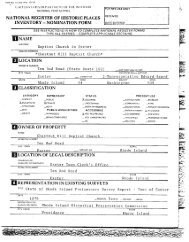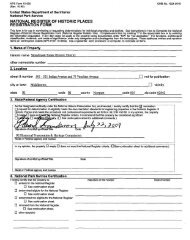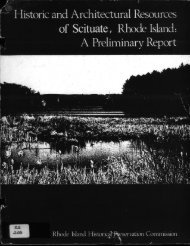1 Dr. Jonathan Prude, Emory University “The Great Transformation ...
1 Dr. Jonathan Prude, Emory University “The Great Transformation ...
1 Dr. Jonathan Prude, Emory University “The Great Transformation ...
You also want an ePaper? Increase the reach of your titles
YUMPU automatically turns print PDFs into web optimized ePapers that Google loves.
4reiterated along the Blackstone, and other southern Yankee waterways--these operationsfollowed the Rhode Island or family system. Unlike the Philadelphia model, they were typicallyfull-fledged mills. But unlike Waltham-style factories, they were sited in townships thatremained rural well into the 1800s, were comparatively small and organized as partnerships,were at first often devoted only to producing yarn, and started out hiring both individuals andfamilies.Over time, it’s true, these three versions of textile manufacturing tended to converge. Butunderstanding the <strong>Great</strong> <strong>Transformation</strong> in early nineteenth southern New England requiresunderstanding that, for all their incontestably weighty influence, the region’s textile mills wereultimately just one thread of industrialization bubbling up in the milieu and, further, just onemode of industrialized textile manufacturing evident in the Republic of these years. On the otherhand, these mills were powerfully influential. And we should turn now from backgroundconsiderations to exploring precisely what their influence was. What difference did the RhodeIsland-style factories make? We might answer this question by noting that the cotton they andother northern mills imported from the South and the textile products they shipped across theRepublic helped shape the economic connections of the early nineteenth century nation. Or wemight note that the machinery these and other textile factories adopted fostered importanttechnological innovations throughout America. But what I want to consider is something else.What I want to consider is the effect of these mills on the places and people they touched mostimmediately. What I want to consider is the effect of rural Rhode Island-style mills, first, on thetownships in which they took root and, second, on their employees. What I want to consider isthe local <strong>Great</strong> <strong>Transformation</strong> fueled by these factories.Now to open this focused-down part of our inquiry we naturally need to take up whatsouthern New England rural communities were like before the mills. For the most part--and I’mdrawing on my earlier work on the southern Massachusetts townships of Dudley, Oxford, andWebster--they were grounded in what be termed agriculture plus. They contained grist millersand storekeepers; and they contained handicraftsmen like carpenters and blacksmiths. But these















